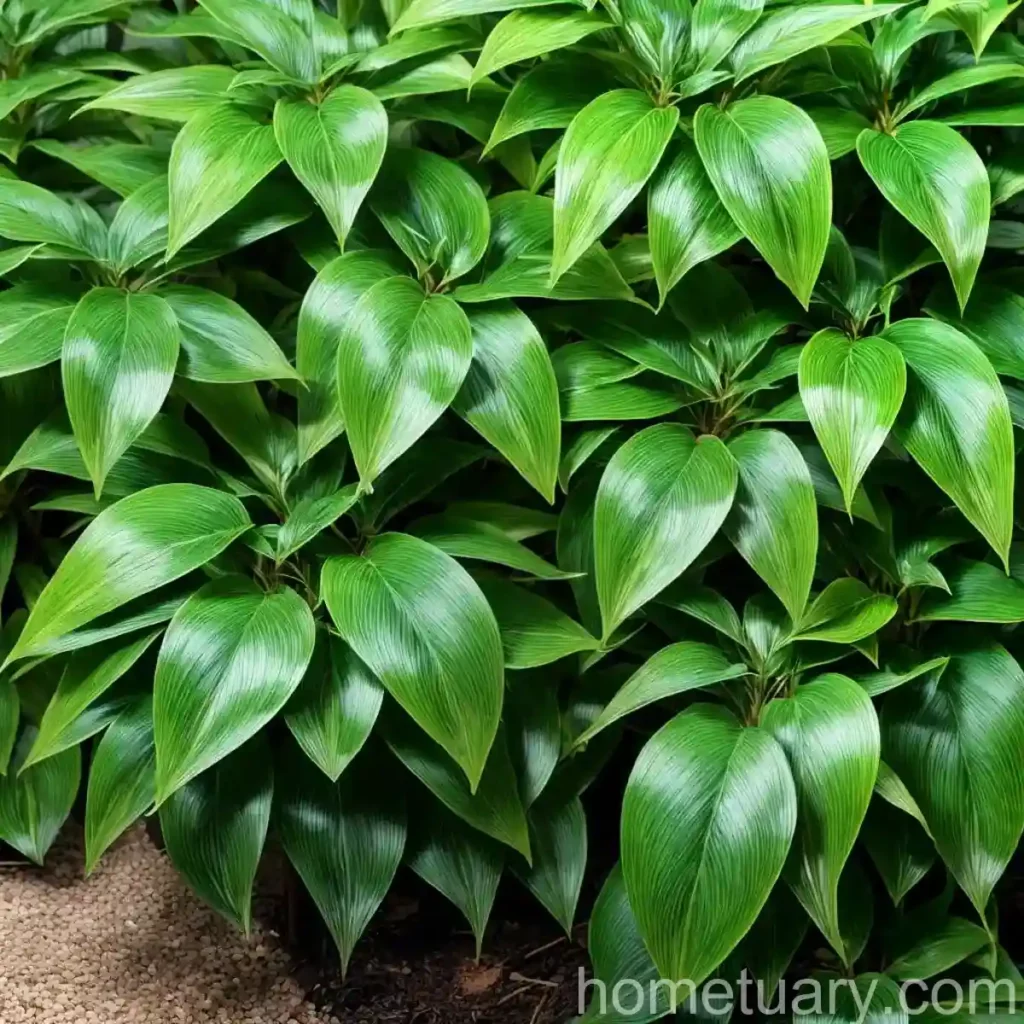Spotted Laurel (Aucuba japonica ‘Picturata’): A Complete Guide
Introduction to Spotted Laurel
Spotted Laurel, scientifically known as Aucuba japonica ‘Picturata’, is an evergreen shrub that is highly valued for its ornamental qualities. It is a popular choice for gardens and landscaping due to its striking spotted foliage and adaptability to different growing conditions. In this comprehensive guide, we will explore the culture, uses, care, and maintenance of the spotted laurel plant, along with its common diseases, pests, and propagation techniques.
Key Takeaways
- Scientific Name: Aucuba japonica ‘Picturata’
- Common Name: Spotted Laurel
- Type: Evergreen shrub
- Notable Feature: Variegated, spotted foliage
Culture
Uses
The spotted laurel, with its striking variegated foliage, is primarily used for ornamental purposes. It adds interest and color to landscapes, gardens, and indoor spaces, making it a popular choice for both professional landscapers and home gardeners. Its versatility allows it to be used in various settings, from woodland gardens and mixed borders to container arrangements and shade gardens.
Water
Spotted laurel plants generally prefer consistently moist but well-draining soil. During the growing season, it is important to water the plant regularly, especially during hot and dry periods. However, it is crucial to avoid waterlogging, as excessive moisture can lead to root rot and other issues. In winter, reduce watering to prevent waterlogged soil.
Sunlight
This plant is well-suited for shaded or partially shaded areas, making it an excellent choice for gardens with limited sunlight. While it can tolerate some sunlight, it is important to avoid exposing it to direct, intense sunlight, as this can cause leaf burn and damage the plant.
Fertilizer
When it comes to fertilizing spotted laurel, using a balanced, slow-release fertilizer in the spring can help promote healthy growth and vibrant foliage. Avoid excessive amounts of fertilizer, as this can lead to salt buildup in the soil, potentially damaging the plant’s roots.
Soil
Spotted laurel thrives in rich, well-draining soil with a slightly acidic to neutral pH. It is important to ensure that the soil is not prone to waterlogging, as this can lead to root rot and other moisture-related issues.
Pruning
Regular pruning can help maintain the plant’s shape and size, as well as encourage bushier growth. It is best to prune spotted laurel in early spring before new growth appears. Remove any dead or damaged branches, as well as any congested growth to improve air circulation.
Propagation
Spotted laurel can be propagated through various methods, including:
- Seeds: Although viable seeds can be collected from the plant, propagation from seeds may take longer to produce mature plants.
- Cuttings: Stem cuttings taken in spring or early summer can be rooted to produce new plants. Ensure that the cuttings have a node and remove any lower leaves to encourage root development.
Container Popularity
Spotted laurel is well-suited for container gardening, allowing it to be placed on patios, balconies, or in small gardens. The plant’s compact nature and attractive foliage make it a popular choice for adding visual interest to outdoor spaces.
Common Diseases
Spotted laurel is generally resistant to many pests and diseases. However, there are a few issues that plant owners should watch out for, including:
- Leaf Spot: Fungal infections can cause unsightly spots on the leaves. To prevent this, ensure proper air circulation and avoid overhead watering, especially in humid conditions.
- Root Rot: Overwatering and poorly-draining soil can lead to root rot, which can be detrimental to the plant’s health. Proper watering and well-draining soil are essential for preventing this issue.
Disease Diagnosis
Diagnosing diseases in spotted laurel involves closely monitoring the plant for any signs of discoloration, wilting, or abnormal spots on the leaves. It is important to address any issues promptly to prevent the spread of disease within the plant and the surrounding environment.
Common Pests
Spotted laurel is relatively resistant to pests, but it may occasionally be affected by:
- Scale Insects: These pests can infest the plant, causing yellowing and weakening of the foliage. Treatment may involve physical removal of the pests and using insecticidal soap to control infestations.
- Spider Mites: These tiny pests can cause stippling on the leaves and fine webbing on the plant. Regularly inspect the plant and use insecticidal soap if infestations occur.
Botanist’s Tips
- Prune Regularly: Regular pruning in early spring can help maintain the plant’s shape and promote healthy growth.
- Monitor Soil Moisture: Ensure that the soil is consistently moist but well-draining, and avoid waterlogging, especially during the dormant season.
- Provide Partial Shade: Protect the plant from intense sunlight by providing partial shade, particularly during the hottest part of the day. This will help prevent leaf burn and damage.
Fun Facts
- The spotted laurel is native to Japan and is a member of the Garryaceae family.
- It was introduced to Western cultivation in the 18th century and has since become a popular ornamental plant.
Links to External Resources
For more information on spotted laurel, consider exploring the following resources:
- Royal Horticultural Society – Aucuba japonica ‘Picturata’
- The Spruce – How to Grow and Care for Aucuba
- University of Florida IFAS Extension – Aucuba japonica: A Low Maintenance Shrub
In conclusion, the spotted laurel (Aucuba japonica ‘Picturata’) is a versatile and attractive plant that can enhance the visual appeal of any garden or landscape. By understanding its culture, care requirements, and potential challenges, plant enthusiasts can cultivate and enjoy this captivating evergreen shrub to its fullest potential.
Remember that successful gardening involves patience, observation, and ongoing care, all of which contribute to the health and vibrancy of your plants. Whether you’re a seasoned gardener or just starting, the spotted laurel can be a rewarding addition to any green space, providing year-round interest and beauty.















